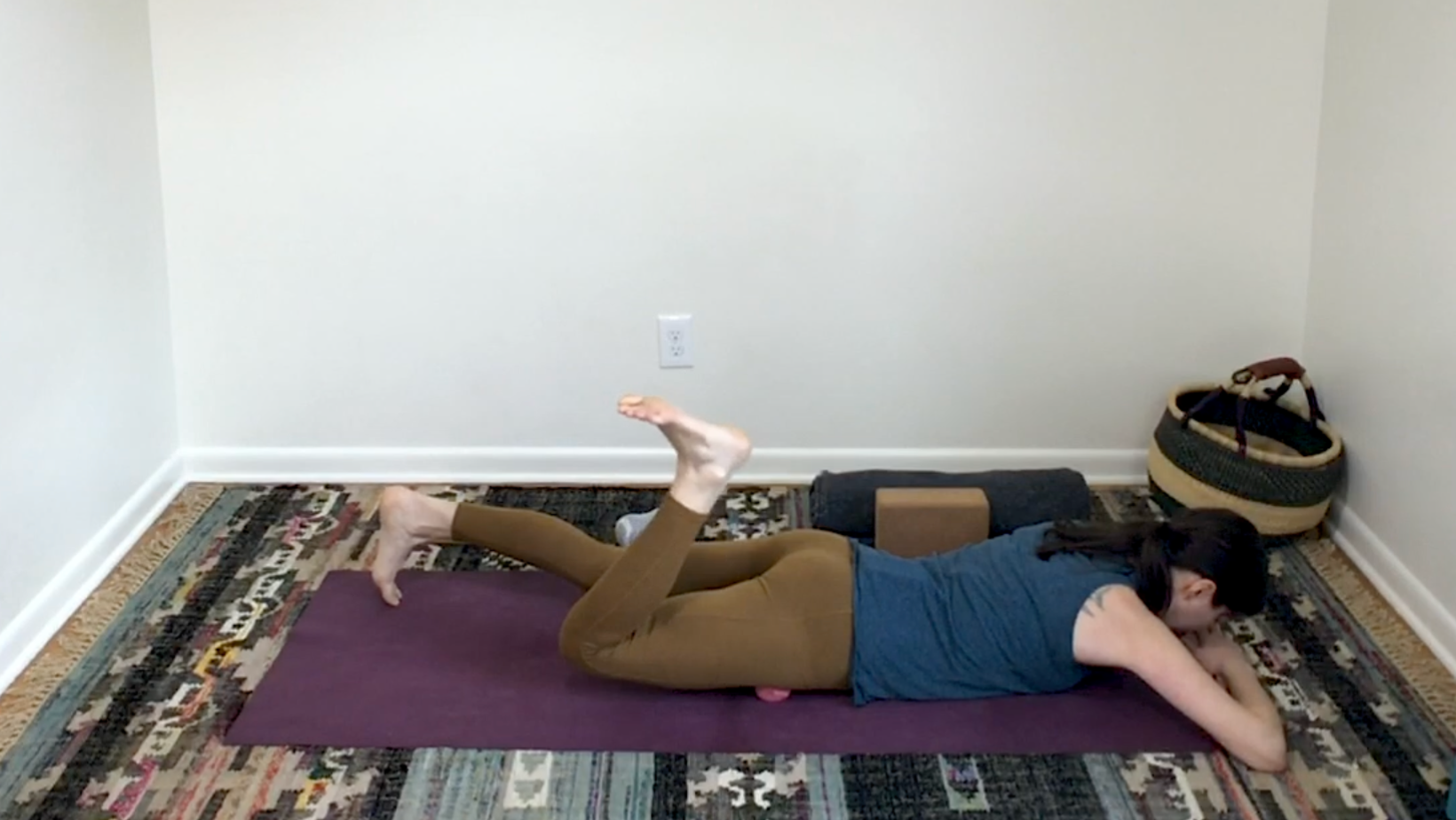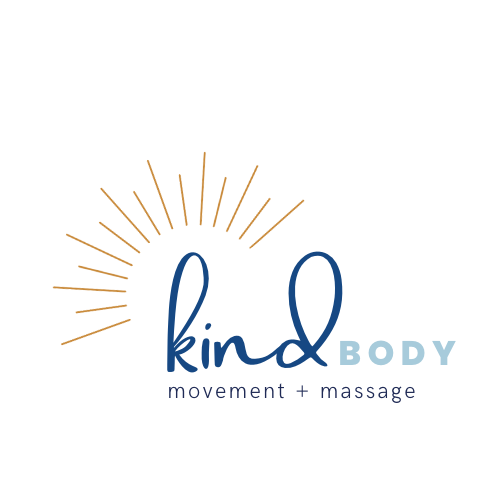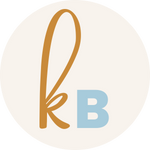
Roll to Rescue
Learn self-massage for your whole body in an hour or less.
-
Chapter 1: Intro
-
Chapter 2: Lower Body
-
Lesson 2: Feet
Start your full body self-massage at the feet. This technique is so great for waking up your feet, managing foot pain, and assisting in the transition to more minimal footwear.
-
Lesson 3: Calves
The calves are one of the most weight bearing muscles in the body so they definitely deserve a little love. This technique offers a gentle approach to calf massage that will feel good and address those “interesting” spots.
-
Lesson 4: Knees
Creaky knees be gone! This simple technique works at the bottom of the quadricep muscles, just above the knee cap, to tease out tension in the knees.
-
Lesson 5: Hamstrings
Release tension in the backs of the thighs to help manage lower back pain and even foot pain. Use therapy balls to find those “interesting” spots and add movement to work deeply into all the layers.
-
Lesson 6: Hip Flexors
Use therapy balls to massage the muscles on the front of the pelvis—the hip flexors. These muscles bring the thigh bones closer to the torso. Sometimes releasing tension here can help manage lower back pain and even knee pain.
-
Lesson 7: Outer Hips
Use two therapy balls and gravity to address the outer hips and the inner thighs simultaneously. This technique is great for managing lower back pain and can help release tension from the hips as you relax into the position.
-
-
Chapter 3: Upper Body
-
Lesson 1: Lower Back
Use two therapy balls tethered together to massage the back muscles that run along the spine. Use movement to go deeper and tease out layers of tension. Great for low back pain or simply to take a break and unwind!
-
Lesson 2: Upper Back
Use two therapy balls tethered together to massage the muscles in between the shoulder blades. Perfect for unwinding after a day in front of the computer and for releasing the tension you carry in your shoulders. Use movement to work deeper and tease out layers of tension.
-
Lesson 3: Chest
Use a therapy ball and a block to massage the pectoral muscles in the upper chest. Perfect for those times when you’re feeling the forward slump of rounded shoulders, this technique will help you feel more open-hearted and relaxed.
-
Lesson 4: Rotator Cuff
Use a therapy ball and a wall to massage this often neglected (but super essential!) group of muscles near the shoulder joint. The rotator cuff muscles stabilize the shoulder and help with rotating the upper arm bone. If you tend to hold tension in your shoulders and neck, working on this spot will definitely help you unwind, take the edge off, and feel more relaxed through your whole upper body.
-
Lesson 5: Upper Traps
Use two therapy balls to address the often cranky area between the shoulders and the ears, at the base of the neck. If you feel like you’re holding your shoulders up near your ears as a result of stress and tension, this technique will help you to relax and find your neck again!
-
Lesson 6: Head + Neck
Finish up your full body massage at the base of the skull. Use a wooden dowel to massage the muscles just below the occipital ridge—great for help with headaches! Finesse the finish with some loving scalp mobilization and massage to reduce stress and promote overall well-being.
-
Meet your instructor
✳
Meet your instructor ✳
JEN SCHAPPEL, LMT
Jen Schappel (last name rhymes with “be well”) is a licensed massage therapist with over a decade of experience. She designed this course for bodies that need a little TLC.
What you’ll learn
-
Your self-massage tools are important. You’ll learn how to choose equipment to give therapeutic pressure.
-
Cause and effect apply to your body. Learn how your parts can affect one another and how to target the source.
-
Each lesson provides in-depth instruction on how to position your body to receive therapeutic pressure.
Course FAQ
-
This course is for bodies that need a little TLC. Whether you’re hoping to provide a little DIY maintenance in between professional massages —or— you’re just looking for a way to wind down and relax for self-care, you’ll find benefit from this course.
-
You’ll need two therapy balls and something to tether them together, a block, a blanket, a wooden dowel, and empty wall space. Jen will give you all the details and opportunities for substitutions in Lesson 1.
-
The one-hour self-massage is broken up based on body part, starting with the feet and ending with the head. You can follow the whole progression, or just navigate to the lesson that corresponds to the body part that needs the most TLC.





